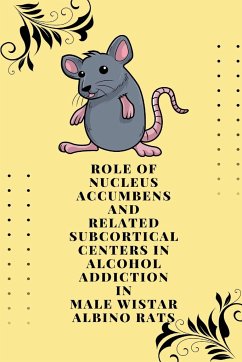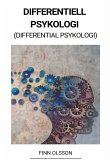In mammals feeding is regulated by homeostatic and hedonic mechanisms (1). A homeostatic mechanism is stimulated with energy depletion in the body. It is controlled by essential nutrients and metabolic state of the body (2). Hedonic mechanism is the increased drive or pleasure to eat palatable food even when the homeostatic "set-point" has been reached (3). Therefore feeding is an adaptive motivated behaviour which involves integrated communication between homeostatic feeding circuits and reward circuits (1). Hypothalamus is a brain region concerned mainly with the homeostatic regulation of feeding whereas limbic brain areas including NAc, amygdala, VTA, hippocampus (4), cortical brain areas such as medial prefrontal cortex (mPFC), orbitofrontal cortex (OFC), cingulate gyrus, and insula have been associated with hedonic aspects of feeding (5).







